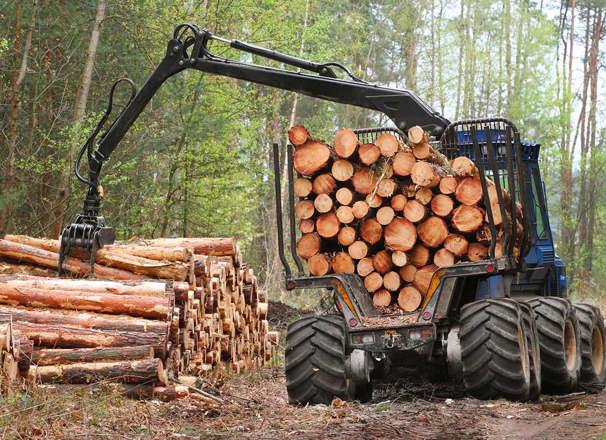Correctional Services Worker
Correctional services workers provide case planning, supervision, security, and support services for individuals staying in correctional centres. They also run a variety of correctional programs to guide clients in reducing their interactions with the criminal justice system.



